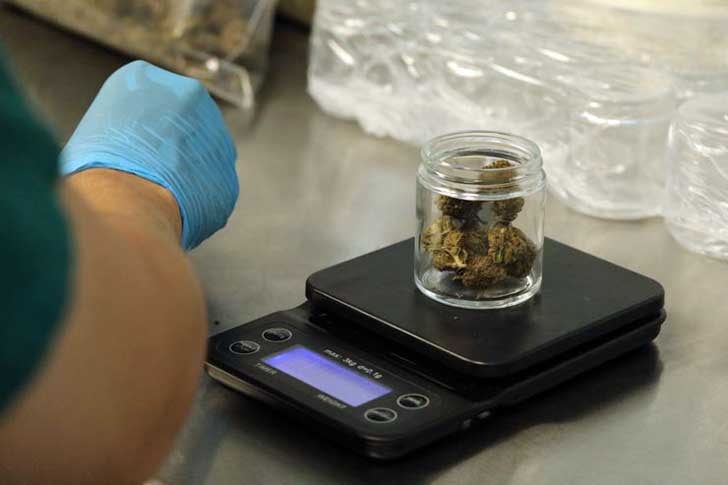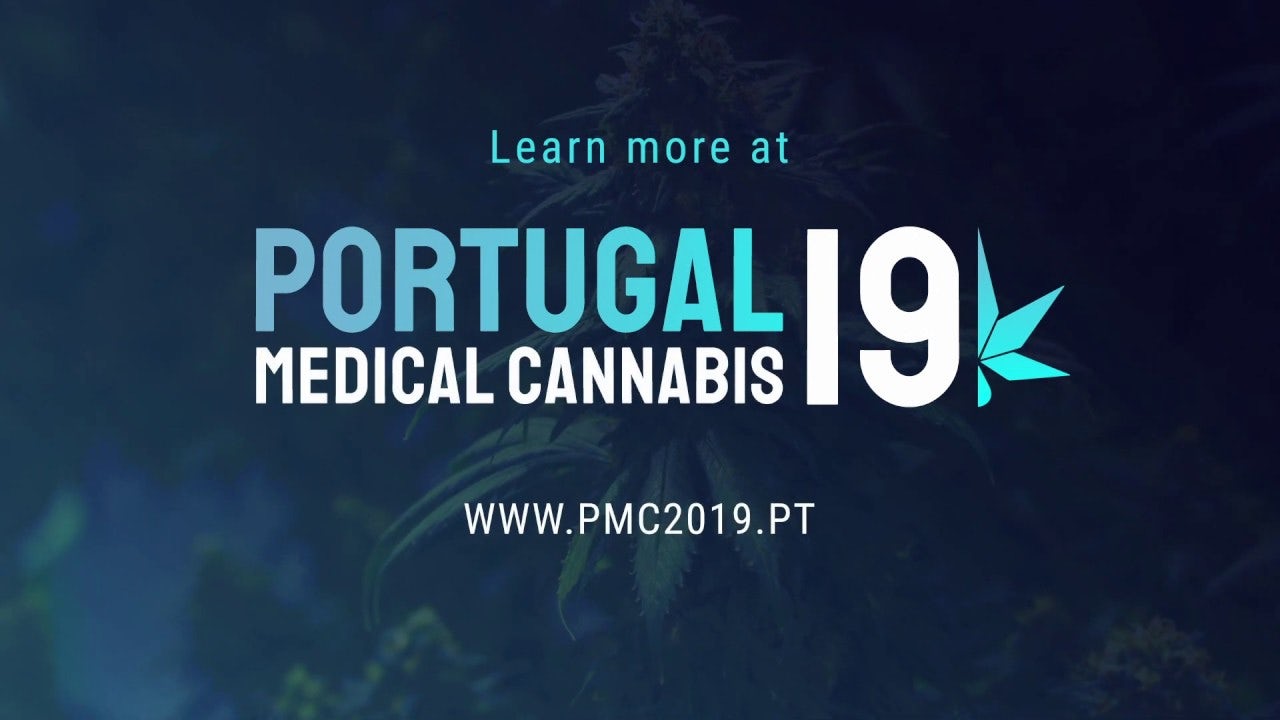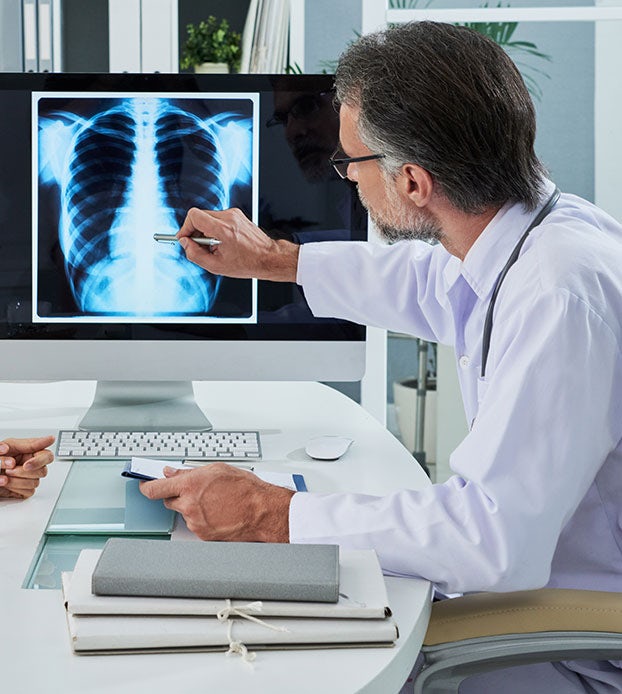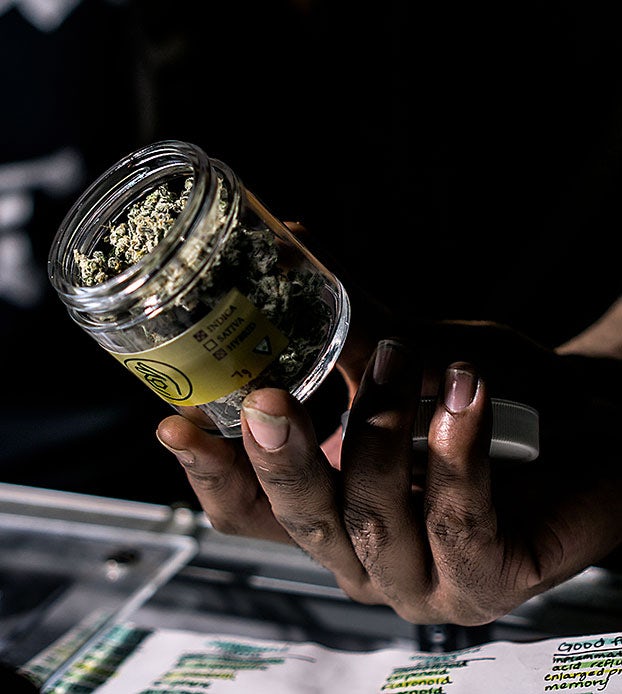Across legal cannabis states, countless growers and manufacturers are in a mad dash to produce the highest THC flower they can to meet customer demand for heavy-hitting herb. But with a seemingly direct correlation between the level of THC and the popularity of strains, could there be some funny business happening behind the scenes? Are lab tests and certificates of analysis as accurate as we assume they are?
What we do know is that several labs have been accused of artificially inflating THC levels, and that results can be worryingly inconsistent.
“No one has ever slipped a Benjamin across the table so they can get a high number on their THC test. I’ve never seen that happen,” Ben Armstrong, Phd told the Cannigma when describing the inner workings of cannabis lab testing.
The Lab Director for Juniper Analytics in Bend, Oregon, Armstrong said that while he’d heard of labs in Oregon, Washington, and California that have been caught fabricating results “they’ve been shut down and that business is gone.” Most people in cannabis testing are trying to run a legitimate business, he added, and “kicking somebody’s potency up a couple degrees is not going to do you any favors in the long run.”
The only way to know what’s in your cannabis product
Most states that have legalized cannabis require some form of testing in an accredited lab, though the specific requirements and standards vary.
In addition to letting consumers know how much THC or CBD is in a cannabis product, testing can also detect the presence of pesticides, heavy metals, mold and mildew, and other contaminants. All of that information is put into a certificate of analysis, which some states and cannabis producers make available to consumers.
With a lack of naming and consistency standards in the cannabis industry, certificates of analysis are all consumers have if they want to know what’s in their cannabis product.
One nug can be 17% and another 22% THC

Testing is more complicated than a lot of people may think, Armstrong said, adding that his company uses many of the same analytical instruments used by pharmaceutical companies.
But if the instruments are so sophisticated, and analysts are so honest, how can the same cannabis batch have different results at different labs?
“Cannabis is not homogenous. Within just one plant, the flower from the bottom and that at the top can have 3% to 5% variation in THC right there. You can have a nug from the bottom come out at 17% THC and one from the top come out at 22%.”
No resources for supervision and enforcement
Mainly, he sees the issue with cannabis testing being one of manpower, and authorities in some states that are overstretched and unable to adequately supervise the industry.
This assessment also appeared in a 2019 audit by the Oregon Health Authority, which found that “without a mechanism for verifying test results, Oregon’s marijuana testing program cannot ensure that test results are reliable and products are safe. Limited authority, inadequate staffing, and inefficient processes reduce one’s ability to ensure Oregon marijuana labs consistently operate under accreditation standards and industry pressures may affect lab practices and the accuracy of results.”
There is reason for concern in neighboring Washington as well.
Labs accused of ‘sweetening’ THC tests
In 2017, the state’s largest cannabis testing lab, Peak Analytics, was the subject of a complaint by industry members who stated that they had “been sweetening it’s THC content tests — reporting artificially high THC levels — and reflecting an abnormally lower proportion of cannabis sample for microbial contamination,” Leafly reported.
According to data provided to Leafly by the Washington Cannabis Laboratory Association, on average, Peak Analytics flower samples received THC results that were five percentage points higher than that of its competitors.
The complaint stated that “retailers have noticed that when their marijuana vendors switch testing services to Peak Analytics their potency values go up by 1.5x,” and that “some retailers have begun requesting their buyers test at Peak Analytics, knowing that it sells better with higher numbers.”
In response, Peak Analytics told Leafly that it meets all state, local, and Washington State Liquor Control Board mandated regulations.
In 2019, Leafly reported that Peak Analytics failed auditing for microbial testing, and had its license suspended and lab closed by the WSLCB. In 2019, the Washington state legislature voted to transfer cannabis lab accreditation from the WSLCB to the state’s Department of Ecology.
In the Ecology Department’s first report in 2019, it stated that “widely accepted laboratory quality standards for testing cannabis and cannabis products do not yet exist. “ One of the recommendations was to form a cannabis science task force, which went into effect in 2020.
Are labs even performing the same tests?
But could the real problem be that there isn’t a single, across-the-board governmental or third-party supervising body in place across the country?
According to Dr. Linda Klumpers, founder of Cannify, part of the problem is that while in many states there are solid chemical analytical testing requirements in place, “there is typically no comparison between labs by an official body, especially not on a national level.”
She added that laboratories require ISO 17025 certification, but that this only certifies “that what they are doing is correctly executed. It does not guarantee that the applied method is actually correct for that particular analysis.”
Or in other words, labs might be performing different — and possibly incorrect — tests.
Klumpers described a situation in which in the absence of a central authority setting standardized testing methods, “every lab has to build their own method.”
As a result, you can have a range of variability between labs, even within the same state when testing the same sample of cannabis, Klumpers added.
A bad situation for medical patients, and for cannabis
“People should not be under-dosed or overdosed, as either can have detrimental health consequences,” Klumpers said, which can be a problem if you don’t know the exact strength or cannabinoid content the cannabis product you are purchasing.
“The extent to which this happens needs to be further studied,” she said. “However, reported concentrations of THC as well as for CBD on product labels have already demonstrated to be multiple times too high or too low.”
According to Mara Gordon, the co-founder of California-based Aunt Zelda’s which produces a wide variety of cannabis-based medicines, “in the early days it was ridiculous how inconsistent and inaccurate a lot of the lab results are.”
Gordon said the situation has improved since the passing of Proposition 64 in 2016, which legalized adult-use marijuana sales in California, but that lab testing “should be done by either government or universities, not by for-profit businesses. The business model doesn’t make sense and as a result they have to find other ways to make money.”
She states that this might entail “selling higher lab results, hiding the fact that it showed pesticides on the lab report, things like that.”
In general though, Gordon doesn’t blame the labs — it’s the obsession with THC that’s changing cannabis, she said, and not for the better.
“When the THC gets so high — like 30% or 35% — something’s gotta give, which means the terpenes and other cannabinoids” go down to lower levels, Gordon said.
Sign up for bi-weekly updates, packed full of cannabis education, recipes, and tips. Your inbox will love it.

 Shop
Shop Support
Support
















